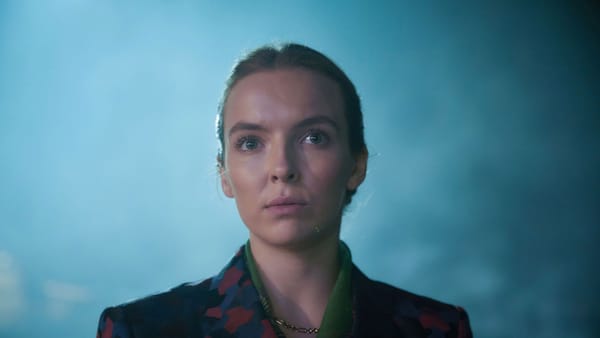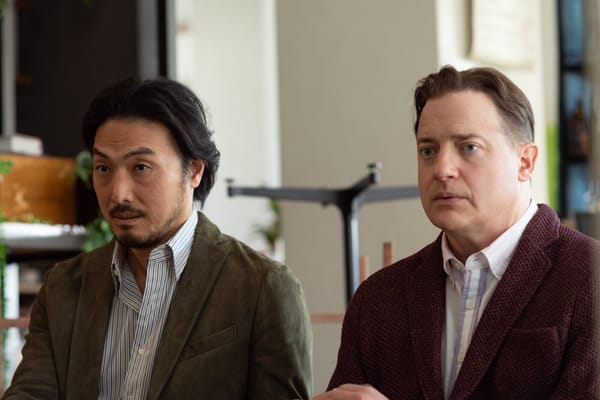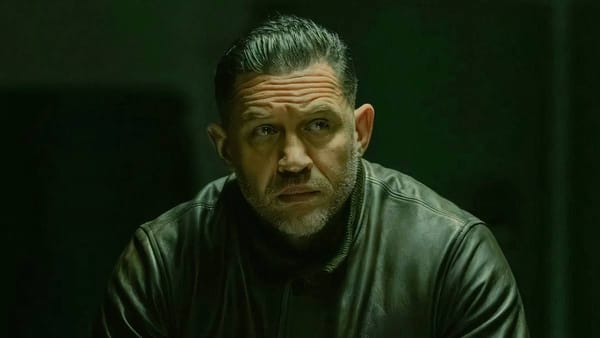Where hope learns to breathe again.

There’s a version of THE GRIZZLIES that would’ve been unbearable — the kind of “inspirational” sports drama where a plucky white teacher shows up in a Northern community, discovers kids in crisis, and magically fixes everything with heart and a clipboard. Hollywood loves that story. We’ve all suffered through it.
Miraculously, THE GRIZZLIES is not that movie.
In fact, it feels like the film is allergic to that movie.
Directed by Miranda de Pencier and shaped by Inuit collaborators in front of and behind the camera, THE GRIZZLIES is a film that takes enormous care: care with truth, care with trauma, care with the lived realities of Nunavut communities that have been talked about more often than listened to.
It’s a sports movie where the sport is beside the point. The real game is survival.
The first thing you notice is the place — not framed as exotic, not smoothed into postcard sadness. It’s home. Ice, gravel, wide-open sky, and a sense of isolation that doesn’t play like a metaphor so much as a fact of geography and history. The cinematography catches that duality: stark beauty and harsh conditions living side-by-side, neither canceling out the other.
The film never lets the audience forget where it is or what it owes the people who live there.
The cast — largely First Nations or Inuit, many first-time actors — are the film’s heartbeat. There’s an honesty to their performances that can’t be fabricated. Paul Nutarariaq, Anna Lambe, and Emerald MacDonald don’t “act” trauma. They express something lived, something familiar to anyone who knows communities where grief feels intergenerational and omnipresent.
And crucially, the film centres their voices. The teacher, Russ Shepherd (Ben Schnetzer), is not the protagonist of their lives. He’s allowed to be young, naïve, flawed, and frequently wrong. He’s learning — and the film makes you understand that he should be.
The emotional center belongs to the kids. They represent every kid across North America who is struggling with structurally-imposed barriers and intergenerational trauma—and show that there is always a way to stay in the game, overcome obstacles and gain confidence despite steep odds.
Lacrosse doesn’t save anyone. It doesn’t cure grief, erase colonial impacts, or halt suicide rates. The film knows that, and it refuses to lie about it. Instead, lacrosse becomes something subtler and more honest:
A routine. A reason to get out of the house. A place to show up and be seen. A way to keep your hands busy when your thoughts turn dark. A fragile tether to belonging.
The film understands that healing in real communities comes from community itself — not from imported heroes or magic solutions.
If anything, the kids end up saving each other. These stories make the film gripping and moving with many emotions coming to the surface. It also provides hope in a sincere way that does not gloss over the long-term history of great struggle.
There are moments in THE GRIZZLIES that cut deep: quiet conversations about suicide, the weight of poverty, the coldness of bureaucratic indifference. But the film doesn’t trap its characters in sadness. It gives them space to laugh, tease, fight, flirt, throw snowballs, and make stupid jokes after practice.
That’s what makes the film stand out. It doesn’t reduce Inuit youth to symbols of suffering. It allows them to be whole — flawed, funny, angry, alive.
The film earns its emotion because it never manipulates it.
De Pencier directs with a steadiness that avoids melodrama. When devastating things happen, the camera doesn’t swoop in theatrically. It simply stays still and lets the truth land. Healing isn’t romanticized, and neither is despair. The film understands how progress actually looks: two steps forward, one step back, sometimes face-first into the snow.
The ending isn’t triumphant; it’s hopeful. The difference matters.
Because it respects the community it depicts. Because it refuses easy answers. Because it doesn’t pretend sports can fix systemic injustice. Because its young cast gives performances that feel lived-in instead of written.
And because, at its core, it’s a film about what it means to survive when survival shouldn’t have had to be the first priority.




